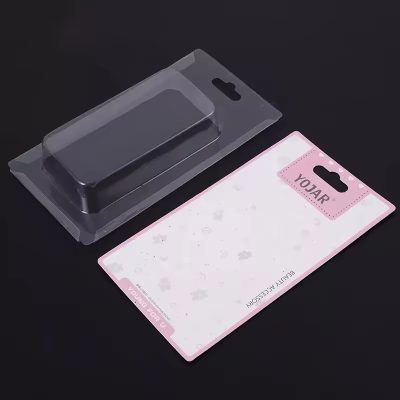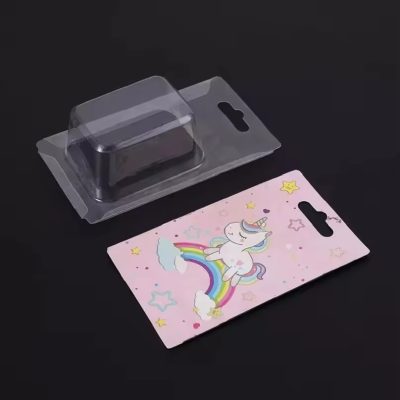In the intricate landscape of product packaging, blister card packaging emerges as a dynamic and multifaceted solution, seamlessly amalgamating protective features with visual allure. This article embarks on a comprehensive exploration of blister card packaging, elucidating its significance, structural components, advantages, and versatile applications across industries.
Introduction to Blister Card Packaging
Blister card packaging epitomizes a packaging methodology wherein products are encased between a transparent plastic blister and a printed cardboard backing. This innovative amalgamation not only showcases the product but also serves as a shield, safeguarding it against external elements and enhancing its marketability.
Structural Components and Design Dynamics
Blister card packaging encompasses two fundamental components:
Blister: Crafted from transparent plastic, the blister encapsulates the product securely while affording consumers a clear glimpse of its contents. Tailored to accommodate the product’s dimensions, the blister ensures a snug fit and shields it from environmental factors.
Cardboard Backing: Serving as the backdrop for the product, the cardboard backing is adorned with captivating graphics, branding elements, and product information. Printed with meticulous precision, the backing augments product visibility and communicates essential details to consumers.
Advantages of Blister Card Packaging
Blister card packaging presents a plethora of advantages:
Product Visibility: The transparent blister grants consumers unfettered access to inspect the product, empowering them to make informed purchasing decisions and fostering confidence in the product’s quality.
Product Protection: The blister acts as a protective barrier, fortifying the product against physical damage, tampering, and contamination during transit, storage, and display.
Brand Amplification: The cardboard backing serves as a canvas for branding endeavors, enabling manufacturers to showcase their logos, slogans, and product attributes prominently. This strategic branding facilitates brand recognition and engenders consumer loyalty.
Consumer Convenience: Blister card packaging is user-friendly, facilitating ease of access to the product while preserving its freshness and integrity. Furthermore, resealable options enhance consumer convenience and prolong product shelf life.
Applications Across Industries
Blister card packaging finds extensive applications across diverse sectors:
Retail: Widely deployed for packaging consumer goods such as electronics, toys, cosmetics, and office supplies, blister card packaging elevates product presentation and augments consumer engagement.
Pharmaceuticals: In the pharmaceutical realm, blister card packaging ensures precise dosage delivery, tamper resistance, and compliance with stringent regulatory standards, rendering it indispensable for packaging medications, supplements, and medical devices.
Food and Beverage: Blister card packaging is instrumental in packaging individual servings of food and beverage items such as confectioneries, mints, chewing gums, and dietary supplements, ensuring product freshness, convenience, and hygiene.
Conclusion
In summation, blister card packaging serves as an epitome of versatility and efficacy, harmonizing product protection with visual aesthetics. Its ability to provide product visibility, protection, and brand promotion renders it a preferred choice for manufacturers across industries, seeking to enhance product presentation and consumer engagement. As market dynamics evolve and consumer preferences metamorphose, blister card packaging continues to evolve and innovate, maintaining its status as an indispensable packaging solution in the ever-evolving landscape of product packaging.







